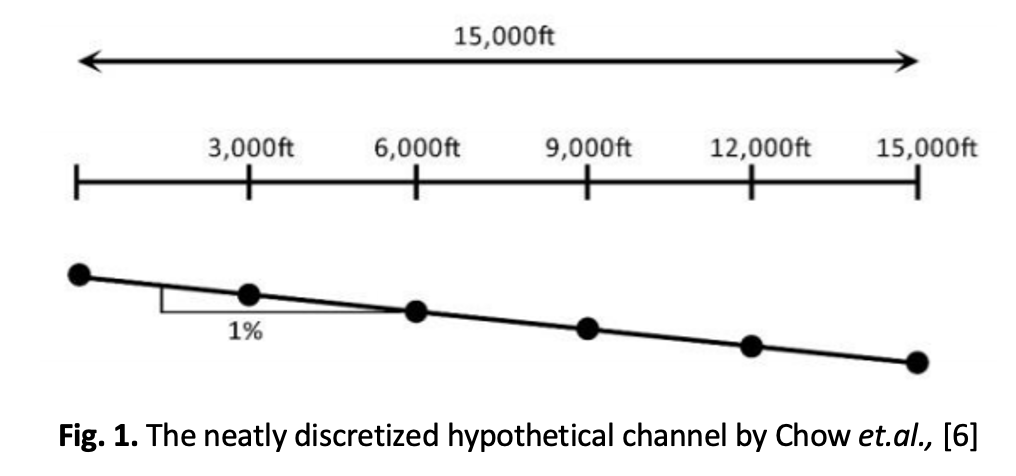Element Free Galerkin (EFG) Formulation in Solving Kinematic Wave Equation for Hydrological Modelling
DOI:
https://doi.org/10.37934/araset.37.2.113Keywords:
MeshFree method, kinematic wave model, flood routing, hydrological modelling, element free galerkin, saint venant, meshless methodAbstract
Meshfree methods such as Element Free Galerkin Method (EFG) are the cutting edge of numerical methods as it does not require user to perform meshing which often is time consuming and tedious. The method being "meshfree" for the user can theoretically generate more accurate models which follow more complex boundary conditions such as natural rivers etc. The time saving and potential of higher accuracy in modelling makes EFG formulation an interesting research topic. EFG formulation is used to solve kinematic wave equations which is detailed in this paper. Galerkin weighted residual method using EFG’s shape function parameters is used to discretize the partial differential equation (PDE) of kinematic wave equations. To discretize the equations, a forward difference scheme is used for temporal discretization and Picard direct substitution method is employed to solve the nonlinear system at each time step. The formulations are validated by making a comparison between well-established numerical techniques against actual recorded datasets. After which it is found that EFG method agrees with conventional established techniques, thus validating the formulations as useful. To further investigate the usefulness of this formulation, an optimal performance study was also conducted to determine the most optimal shape function parameters. The optimal shape function values improved the performance to where it was found that established methods such as FDM were surpassed and on par with FEM. This shows that EFG is a good alternative for hydrological modelling.
Downloads





























